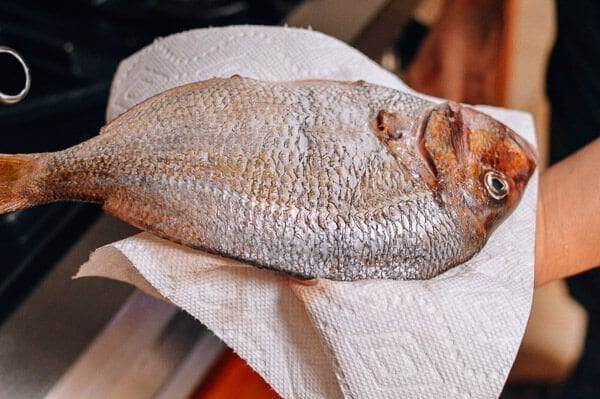6 Pro Tips for Selecting the Freshest Whole Fish at Market
1. Check the Eyes: They should be clear, bright, and bulging slightly. Cloudy or sunken eyes indicate the fish isn't fresh.
2. Examine the Gills: Fresh fish have bright red or pink gills. Avoid fish with brown, gray, or slimy gills.
3. Feel the Flesh: Press gently - fresh fish should feel firm and spring back. Soft, mushy flesh is a red flag.
4. Smell Test: Fresh fish should smell like the ocean, not "fishy." Strong, unpleasant odors mean it's past its prime.
5. Inspect the Scales: They should be shiny, tight to the skin, and not easily removed. Dull or loose scales indicate age.
6. Look at the Belly: It should be intact and not bloated. Any cuts or tears could allow bacteria to enter.


:max_bytes(150000):strip_icc()/__opt__aboutcom__coeus__resources__content_migration__serious_eats__seriouseats.com__images__2014__07__20140708-how-to-serve-whole-fish-vicky-wasik-2-b8b84ef85ab74e08b996aff3be4ddccd.jpg)
:max_bytes(150000):strip_icc()/__opt__aboutcom__coeus__resources__content_migration__serious_eats__seriouseats.com__images__2014__07__20140708-how-to-serve-whole-fish-vicky-wasik-11-0e9b2c3816ef4049b9034d516c201d7.jpg)